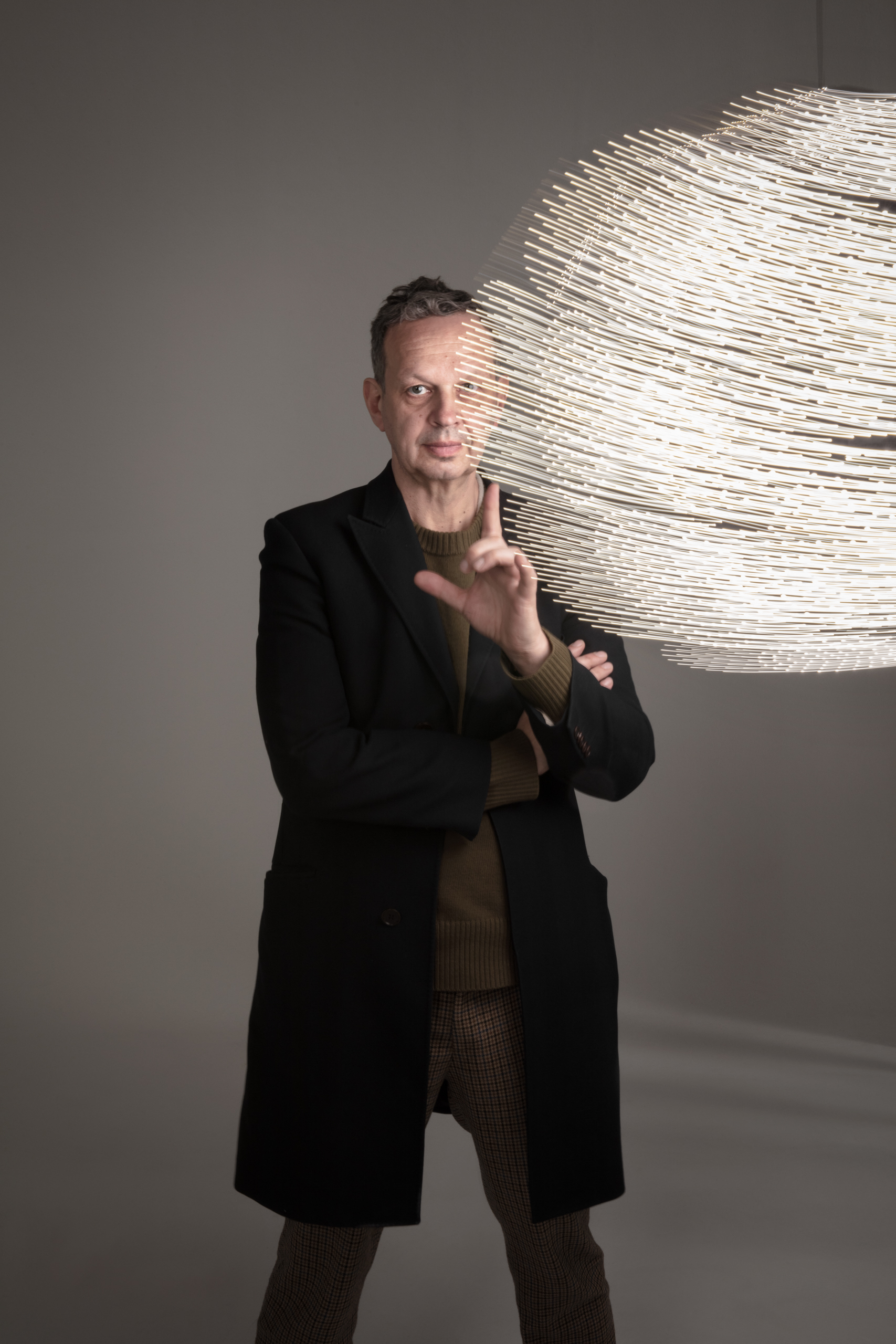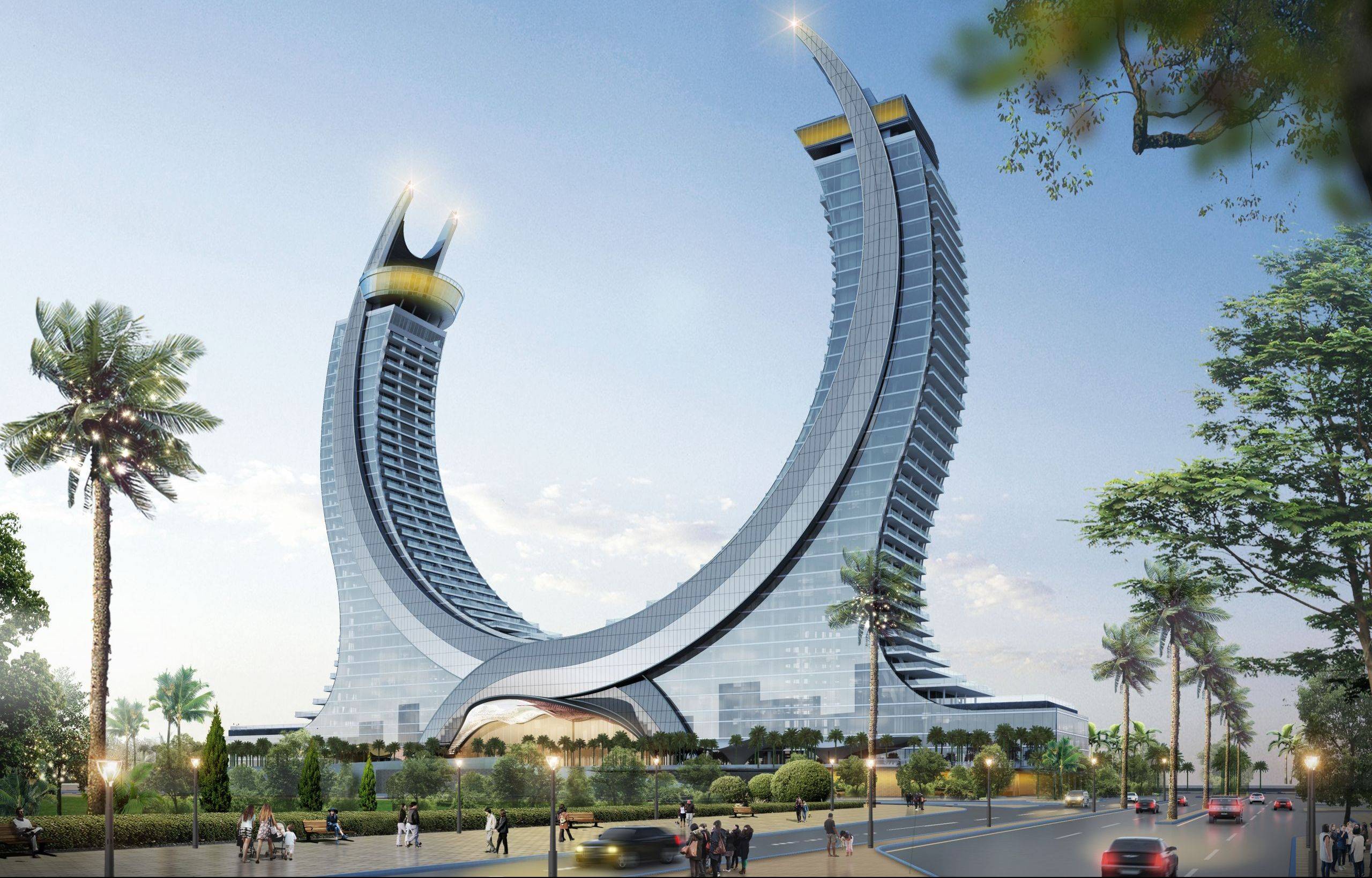The UK design company Australians love is ‘no longer a teenager’
Tom Dixon reflects on 20 years at the helm of his eponymous brand and why he has the best job for poking his nose in other people’s business
It might have been the jet lag talking, or perhaps it’s just evidence of his legendary laconic style but Tom Dixon’s view on the role of the designer is unorthodox, to say the least.
“Design is a great profession for the easily bored and the curious,” Tom Dixon commented.
Sitting down last week ahead of an event at Sydney’s Quay Quarter Tower created to celebrate 20 years of his company, Tom Dixon was reflecting on what could best be described as a meandering career.
Untrained, self taught and continually interested in the new possibilities of untried materials and their applications, Dixon’s career has been one of following his interests wherever they might take him, whether that is music, management – or design.
Indeed, while he was enjoying finally being able to see the foyer and market hall he designed for Quay Quarter Tower after three years of COVID stopped him from visiting Australia, he remained unconvinced the birthday celebrations were necessary.
“I don’t really think about these things and it was slightly imposed on me,” he said. “I like looking forward if at all possible.
“Maybe that’s why I didn’t really want to do it – 20 sounds quite old – like I’m no longer a teenager.”
He certainly continues to bring a youthful attitude to his work. The one-time bass guitarist for early 80s band, Funkapolitan who dropped out of the Chelsea School of Art, Dixon almost fell into design after becoming fascinated by the possibilities of welding.
This progressed into furniture design, with his S chair for Cappellini in 1989 (now in the New York Museum of Modern Art), followed by his appointment as creative director of Habitat, the epitome of homeware style in the 1990s, where he sharpened his understanding of the commercial realities of design and promoted emerging designers.
By the time the new century arrived, Dixon was ready to branch out on his own, founding his business, Tom Dixon in 2002. The Design Research Studio – the architectural and interior branch of his business – began the following year.
More than 20 years on and he is credited with some of the most ubiquitous designs, including his BEAT range of lighting, as well as some of the coolest interior spaces in Europe, including Shoreditch House in London and Le Drugstore in Paris. In recent years, he has experimented with sustainable materials such as cork, mushroom-based products and latex, although he remains frustrated that the cost of manufacturing makes them less appealing to a commercial market.
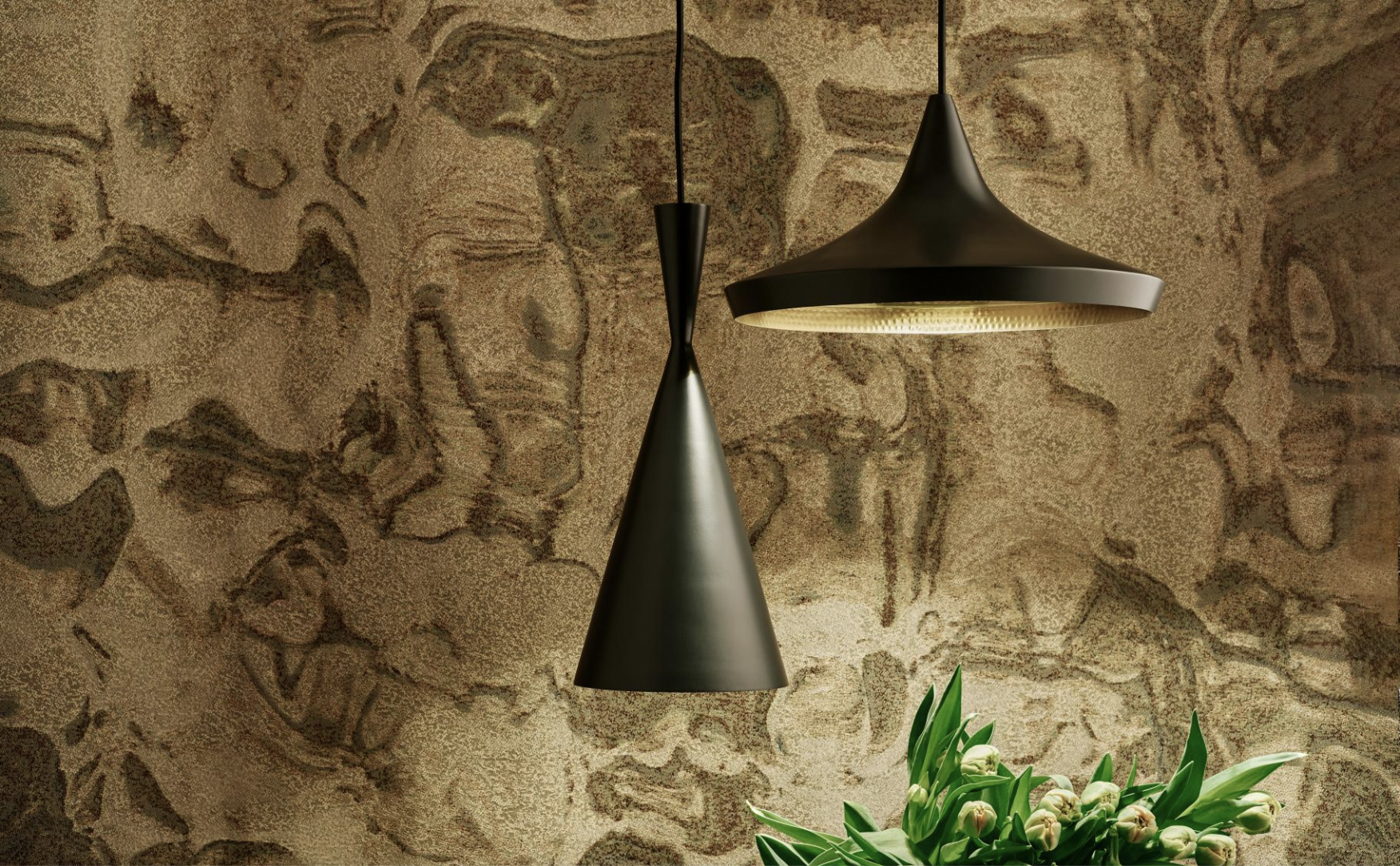
Perhaps unsurprisingly, he prefers not to be categorised.
“The big battle always is stopping yourself from being categorised or pigeon holed because effectively, everything is designed,” he said. “What has been nice here is, doing a corporate lobby doesn’t seem like a nice job, really but getting to see it now, that is the kind of design challenge we haven’t really had before.
“It’s nice to approach it with a naive perspective.”
Clearly, that sense of exploration is key to what still drives him. Dixon’s range of homewares for residential and commercial use extends from lounge chairs and coffee tables to carafes, candles and cables. Such is his reach, the Tom Dixon brand sells in 90 countries.
So, what is it that has resonated with buyers from Beijing to Bondi?
“I don’t know if it does resonate across other cultures,” Dixon said. “Maybe I’m exotic. I sell in Dakar and I sell in Casablanca. Maybe I’m exotic because I’m not part of that culture.”
However, when products do well across the varied markets, Dixon said they tend to have something in common.
“When the objects we make are successful, they tend to be legible in different ways. I call it ‘expressive minimalism’,” he said.
“Minimalism can mean you work all the visibility of the functions out of an object just to make a cube or something you can’t really define as a toaster or a car. If you are able to express the functions, you’ll be able to put it in a lot of different contexts I think.
“And the most successful is where some people will say ‘oh that’s very Art Deco’ and others will say ‘that’s very Space Age’ and somebody else will say ‘that’s quite futuristic’.
“Those objects tend to be the successful ones.”
His lighting ranges, which mostly recently has included the ‘Melt’ range seen in Sydney’s Bennelong Restaurant and the perforated ‘Etch Puff’, continues his fascination with lighting. Dixon continues to be inspired, it seems, by this evolving sphere of design.
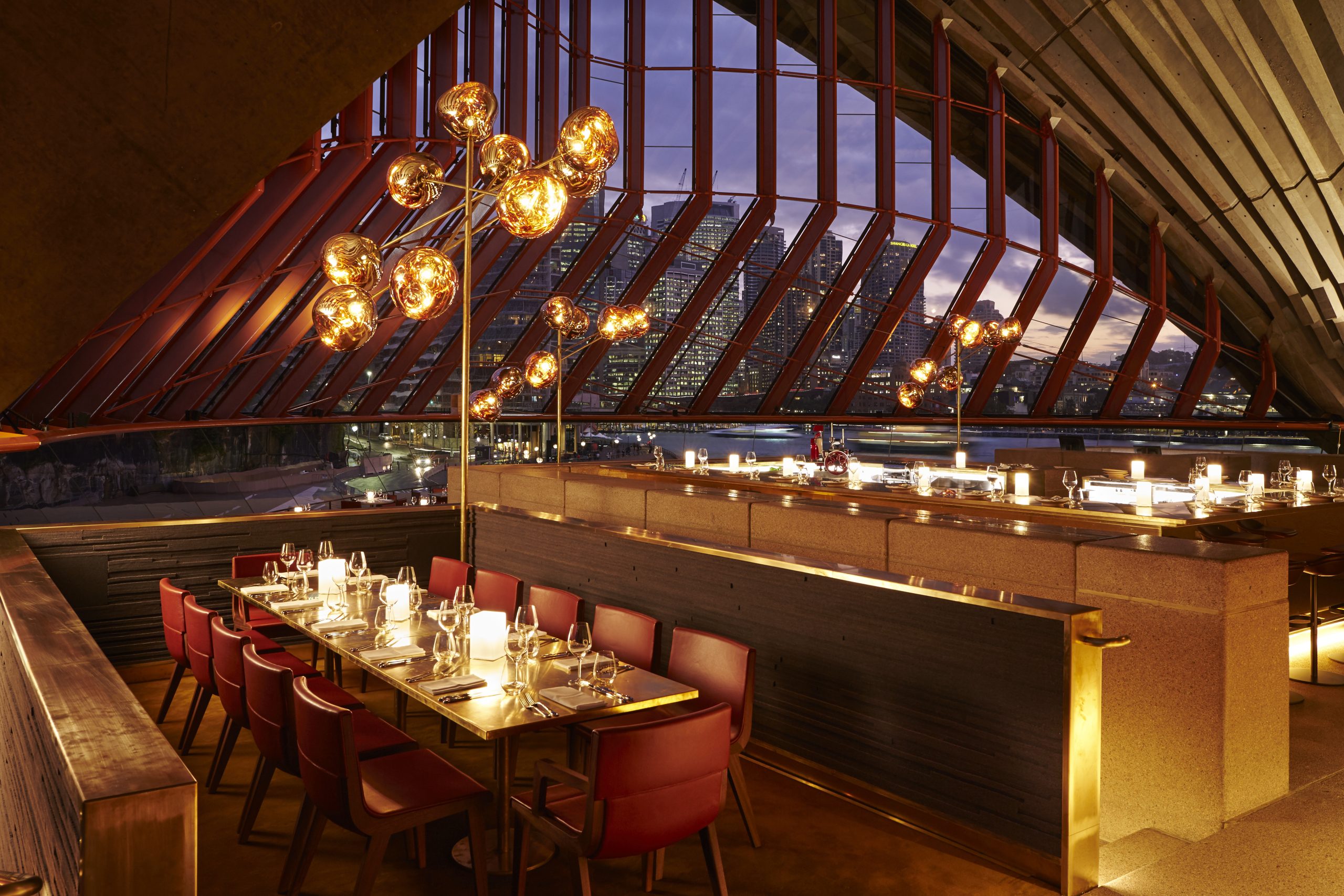
“It’s a category that is fascinating because it’s still in the middle of this huge revolution in technology – and you cannot say that about tables and chairs right now.
“You have to remember that 10 years ago, LEDs were an expensive and ugly light that nobody wanted.
“Lighting is still in the process of evolving. You can see it everywhere – the deconstructing of spaces with light. There is much more opportunity to be theatrical, much more opportunity to light things underneath or do washes or linear lighting.”
With so many options, the role of the lighting designer is even more important, he said.
“I was talking to Es Devlin,” Dixon said. “She’s the UK’s leading lighting designer for installations and rock shows. I asked her ‘what’s your tip for lighting’ and she said ‘turn it all off, have one candle’.”
It’s the notion of reducing complex problems into a simple, beautiful expression that comes through in Dixon’s work. Although, he has another take on the role of design.
“It’s a great profession for poking your nose into other people’s business.”
Tom Dixon’s collection is available in Australia through Living Edge.
Chris Dixon, a partner who led the charge, says he has a ‘very long-term horizon’
Americans now think they need at least $1.25 million for retirement, a 20% increase from a year ago, according to a survey by Northwestern Mutual
The G80 Sport makes its entrance, displaying dynamic design details and elevated automative capabilities.
Juma Al Majid LLC, the exclusive dealer for Genesis in the UAE, has launched the G80 – a cutting-edge luxury sedan. Merging tradition with innovation, this model embodies Genesis‘ relentless pursuit of superior design, state-of-the-art technology, and unmatched luxury.
The new G80 marks a significant milestone in introducing Korean automotive excellence to the UAE, highlighting the brand’s commitment to providing exceptional experiences.
Meticulously crafted, the redesigned G80 adheres to the ‘Athletic Elegance’ design philosophy synonymous with Genesis. This luxury vehicle features refined details and cutting-edge specifications, combining comfort and style to elevate every driving experience to new heights.
“The debut of the all-new G80 in the UAE market propels our vision to converge advanced technology and refined elegance”, stated Suliman Al Zaben, Director of Genesis, UAE. “This launch is a step forward for Genesis in the UAE market and strengthens our efforts to offer ultimate luxury, innovation, and unique design to our incisive customer base.”
With a new dual-mesh design, the G80’s exterior enhances the sophisticated appearance of the Two-Line Crest Grille, paired with iconic Two-Line headlamps featuring Micro Lens Array (MLA) technology. This highlights Genesis’ commitment to harmonizing advanced technology with elegant design. The five 20-inch double-spoke wheels exude a dynamic aesthetic, resembling sleek aircraft lines, complementing the car’s parabolic side profile. Rear diffusers conceal mufflers adorned with distinctive V-shaped chrome trim inspired by the Crest Grille, embodying an eco-conscious ethos in today’s technology-driven era.
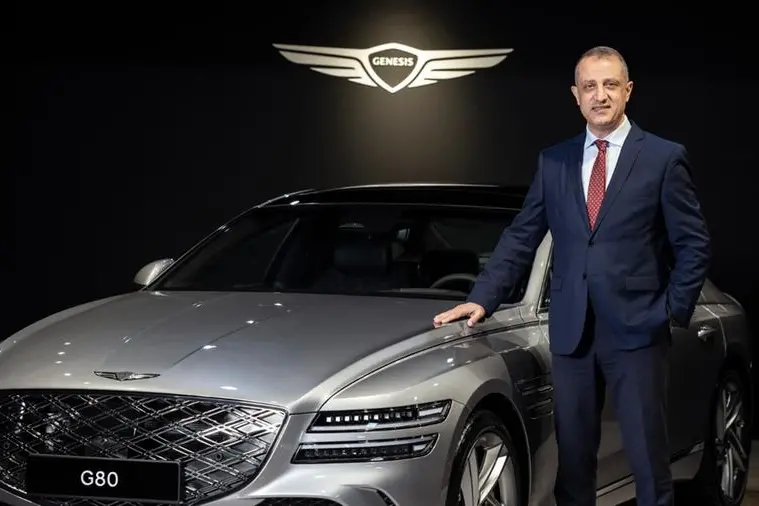
The G80 reinforces Genesis’ design philosophy in its interiors, inspired by the uniquely Korean concept of the Beauty of White Space, integrated with state-of-the-art technology to create cosmetic brilliance for users. The 27-inch-wide OLED display seamlessly combines the cluster and AVN (Audio, Video, Navigation) screen in a horizontal layout, extending to the center fascia, showcasing its flair for innovative technology. The touch-based HVAC (Heating, Ventilation, and Air Conditioning) system offers ease of control, while the redesigned crystal-like Shift By Wire (SBW) ensures a comfortable grip, infusing a sense of luxurious convenience.
With its dual-layered Crest Grille and expanded air intakes, the G80 Sport package delivers a dynamic and sporty spirit. Exclusive interior options, such as a D-cut steering wheel and carbon accents, enhance its sporty allure. Equipped with Rear Wheel Steering (RWS) and Electronic Limited Slip Differential (E-LSD), the G80 Sport 3.5 twin turbo model is built for stable control during high-speed maneuvers.
Fitted with advanced safety and convenience features, this luxury sedan includes Remote Smart Parking Assist 2, Lane Following Assist 2, and a Fingerprint Authentication System. The three-zone HVAC system provides customized climate control for all passengers. With two powertrain options – a 2.5 turbo engine delivering 300 horsepower and 43.0 kgf·m of torque, and a 3.5 twin turbo engine producing 375 horsepower and 54.0 kgf·m of torque – superior driving dynamics ensure a silent and luxurious driving experience.
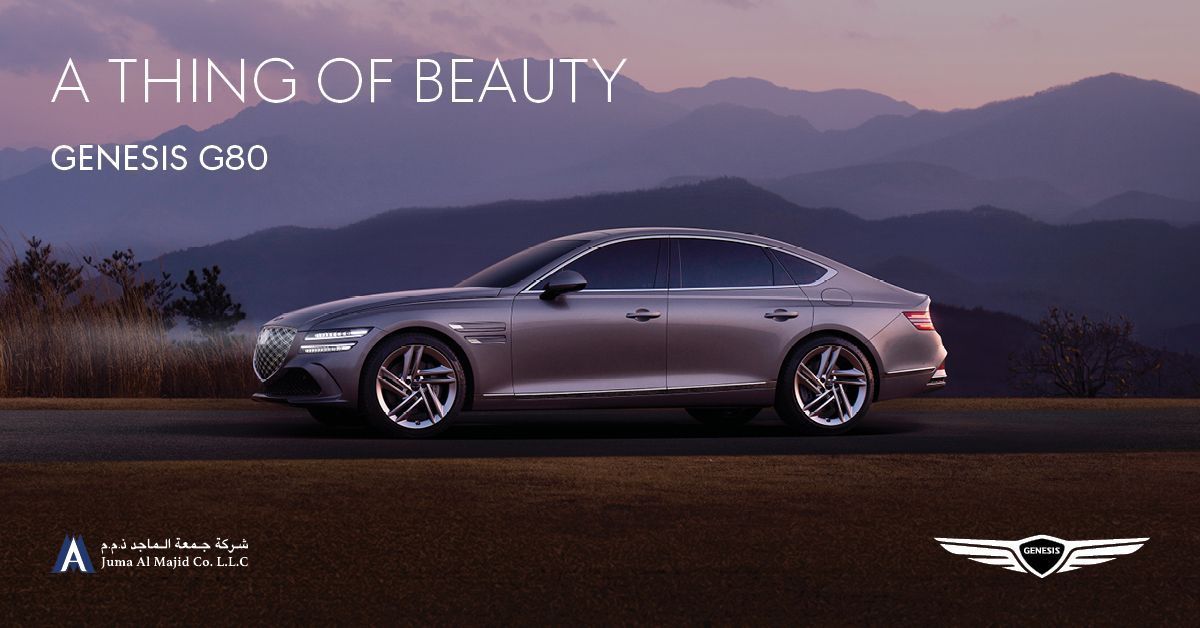
Chris Dixon, a partner who led the charge, says he has a ‘very long-term horizon’
Americans now think they need at least $1.25 million for retirement, a 20% increase from a year ago, according to a survey by Northwestern Mutual









